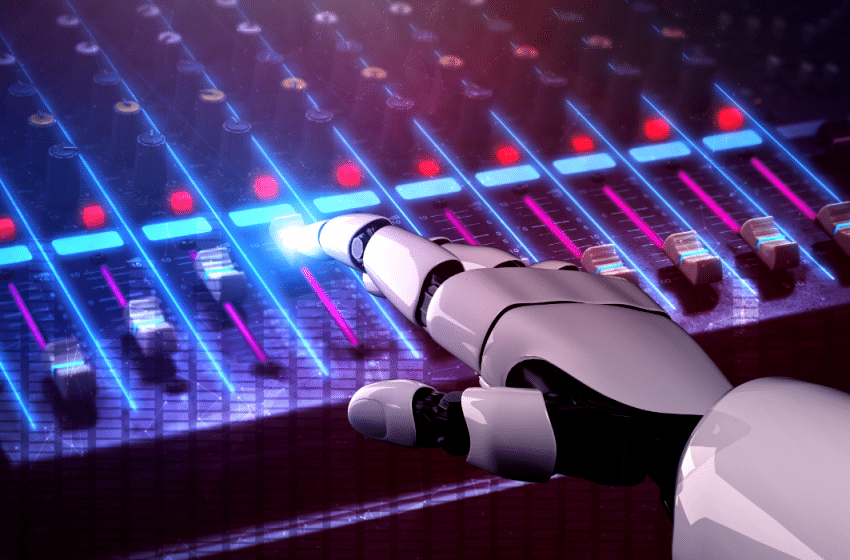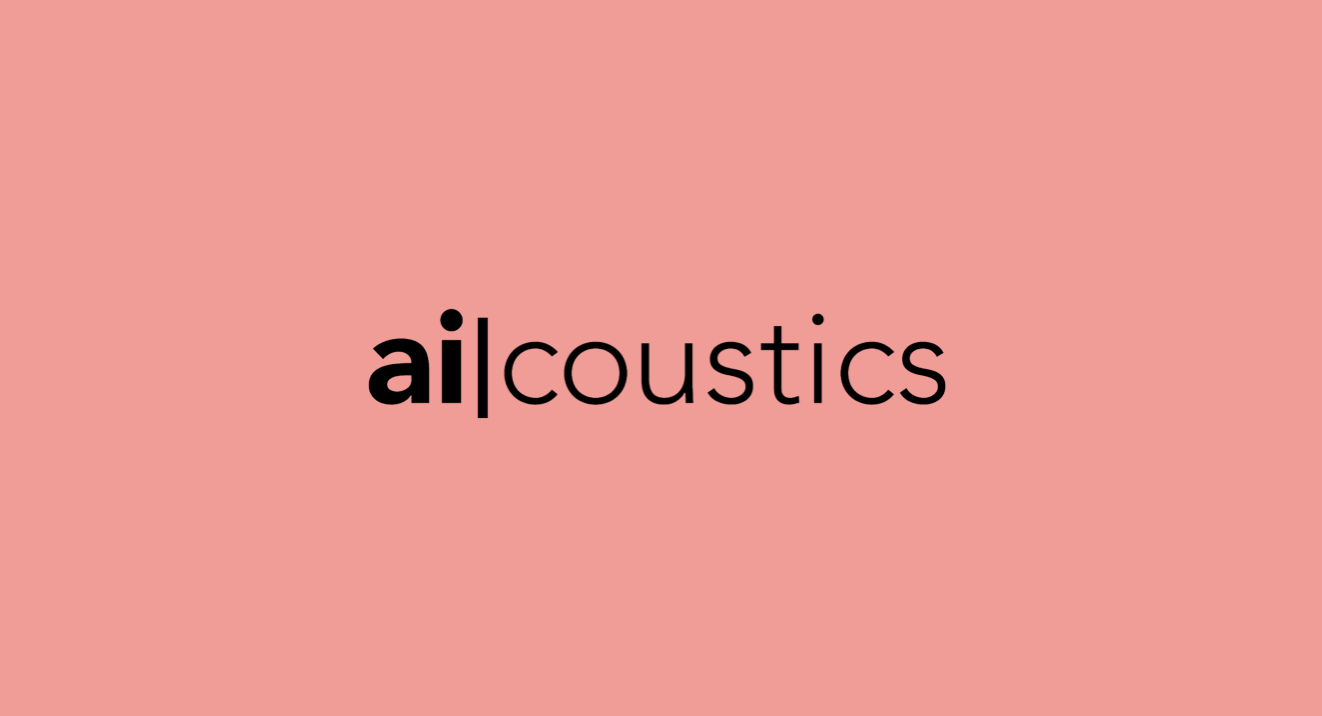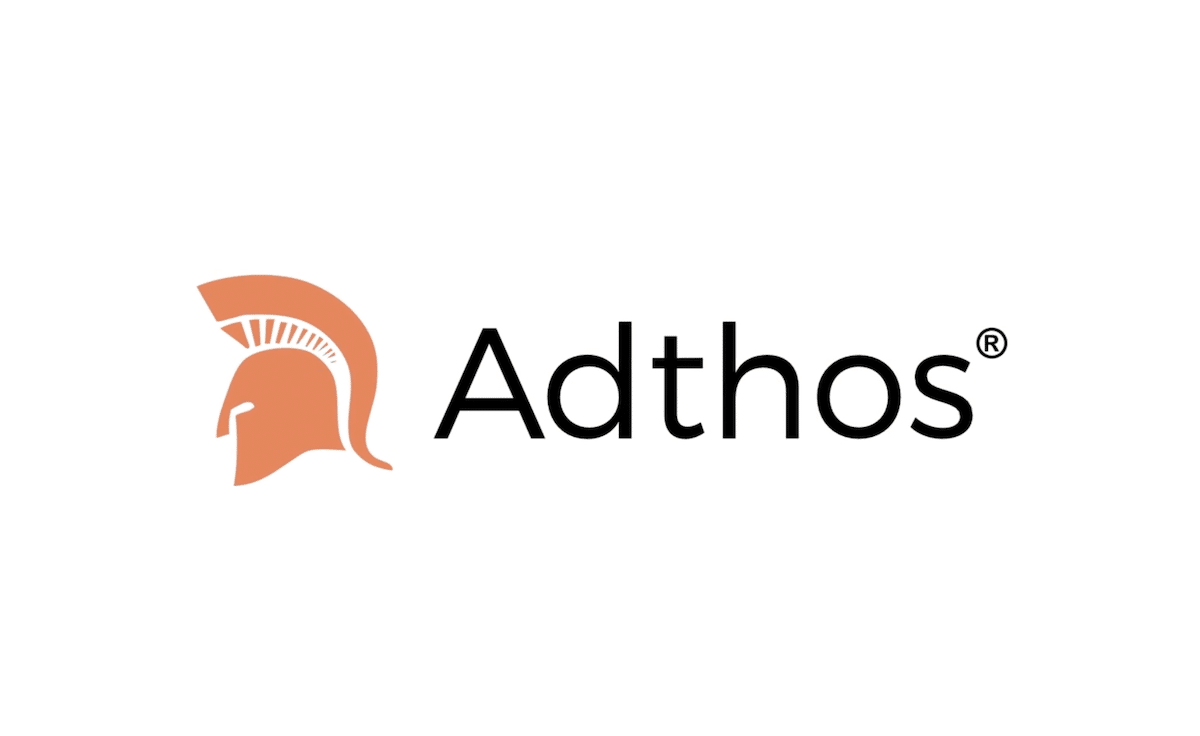
Generative AI has transformed digital technology into a multifunctional playground. AI’s progress in the last months, especially the rise of ChatGPT, is astonishing, and with hindsight, we will probably see the revolutionary dimension of these enhancements.
Generative AI is now able to create, change and output all forms of text, visuals and audio. The ladder is especially an opportunity for the radio industry — and a big challenge. It is now possible to tackle all parts of the radio the value chain with AI tools and applications. This includes content production, promotion, marketing, distribution and sales.
AI could easily run a complete radio station on its own with no or minimal input from humans. Examples like Radio ChatGPT or Super Hi-Fi show how surprisingly good these artificially created radio stations sound. The polished results of these services also signal the strengths and weaknesses of humans on radio. Mixing songs and jingles is apparently something a machine can do better; content creation is often equal to the human results, especially when based on more structured input like weather forecasts, travel news or sports results.
However, AI technology’s relative strengths in these areas also signal the limitations of machine-generated content: AI can generate a good joke, but it lacks real emotions and surprises — a core reason why people listen to the radio instead of playlists or other forms of musical content. Although AI might threaten some jobs at radio stations, the general manager’s dream of laying off all on-air staff and letting machines do the job is a dead end. There is a reason you still see DJs in clubs and at festivals, even though machines can mix music.
Although AI might threaten some jobs at radio stations, the general manager’s dream of laying off all on-air staff and letting machines do the job is a dead end.
Offering additional value
The power of generative AI is doing things a human can not. To be a useful technology for radio, AI has to offer additional value. While the typical radio host is a better emotional and entertaining choice for a linear broadcast product, it would be impossible for them to personalize the output. AI can deliver thousands of parallel DJ breaks based on individual preferences like local content or certain music genres. Spotify’s AI DJ is a good — and somehow threatening — example of well-used AI: the voice sounds okay enough to listen to for a while and adds tons of value. It introduces new songs, provides artist information and creates mixes and playlists. From a radio station’s perspective, this is textbook disruption.
The considerable potential of generative AI for radio lies in other areas of its value chain, especially in distribution and sales. Visually, at best, a radio station currently displays basic metadata like the song played or the radio station’s name. AI can significantly enrich these metadata. OpenAI’s Dall-E or similar technology can produce visuals based on the content of a DJ break or the current song. This improvement of radio‘s metadata will make the UX of radio dramatically better, especially in locations with bigger screens like cars or TVs. This real-time enrichment will also be a game changer for the commercial exploitation of radio. Radio’s biggest weakness has always been the lack of contextual information. A commercial is scheduled for time and reach rather than the context of content at the time. With AI, it is now possible to add segments to specific content and allow real-time targeting. It is even possible to produce these commercials with the help of AI to combine with scale and further tailoring, like localization.
Without a doubt, AI will dramatically change the way we produce radio. It impacts all areas of radio‘s value chain. In many cases, it will make radio a better product.
Now is the time for radio stations to rethink their strategy and emphasize the implementation of AI. Rather than just thinking about the potential savings, a good question when creating this strategy is “How can AI add value to my radio station?”
The author is chief digital officer at RTL Radio Deutschland, Germany’s biggest radio group.
This article was taken from a RedTech special edition, “Radio Futures: AI Is Now Here!” which can can read here.
More stories about AI
Smart transmitter solutions for a sustainable future





















